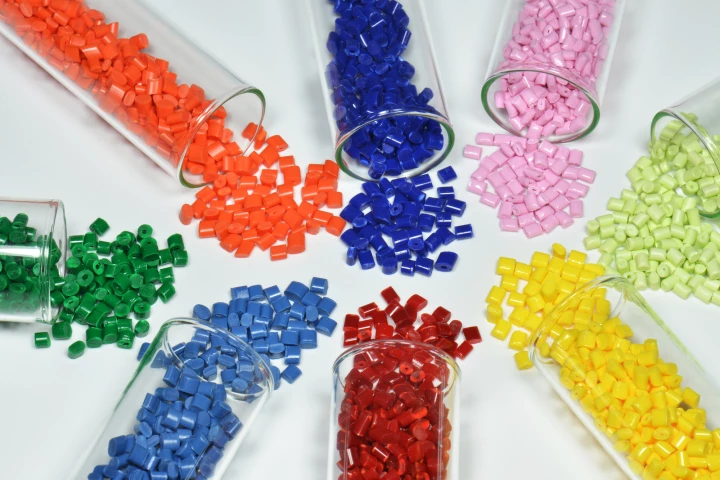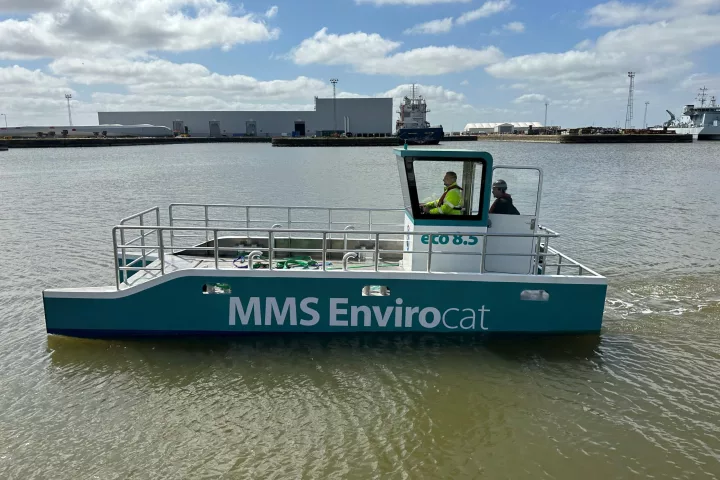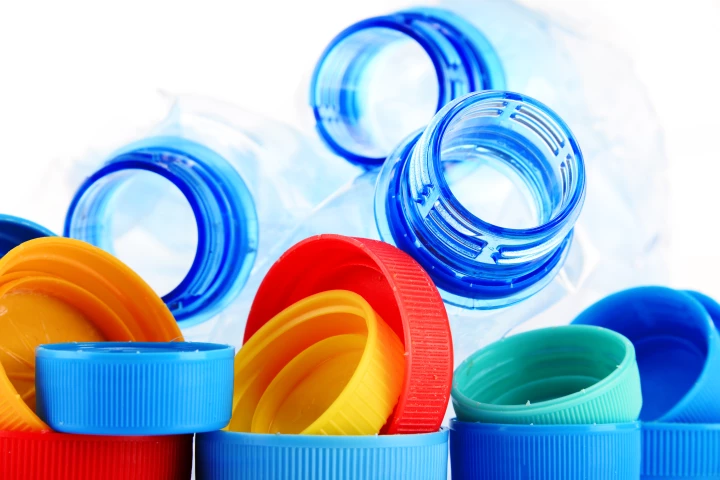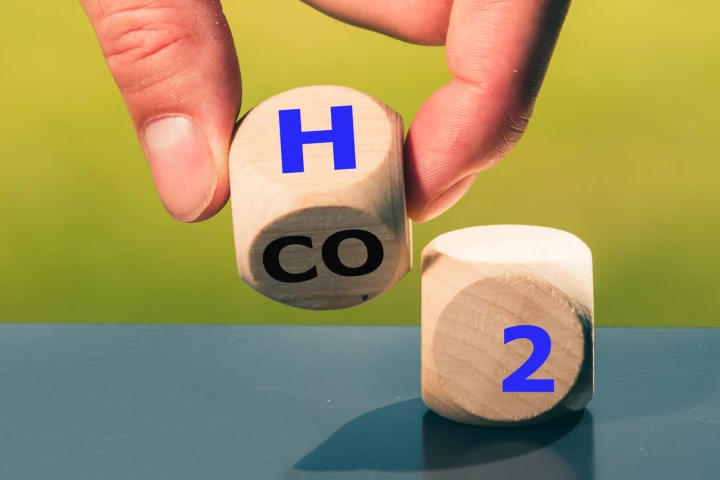Plastic waste
-
Using advanced single-particle imaging technology, researchers have ascertained the number of nanoplastics – plastic fragments smaller than a micrometer – in bottled water, finding that, on average, a liter contains 240,000 detectable fragments.
-
Though efforts to clean up plastic waste from our oceans are well underway, it's also vital to stem the tide at a major source of pollution: rivers. Researchers in South Korea are looking to doing just that at a "living lab" facility in Gongju.
-
A study has found that plastic additives might be stopping the reproductive habits of a shrimp-like species that is key to the marine food chain. The findings provide a different perspective on the potential damage caused by specific pollutants.
-
While the use of recycled plastics is normally considered a noble endeavor, a new study says it's time to think twice. In an analysis of the material from more than 10 different countries, hundreds of potentially harmful chemicals were uncovered.
-
UK shipyard MMS has added a new member to its fleet of floating-debris collection vessels. The latest Envirocat is the first to clean up waterways without releasing engine fumes into the environment.
-
For the first time, scientists have identified a biochemical mechanism linking attention deficit hyperactivity disorder and autism spectrum disorder with common but problematic compound Bisphenol A (BPA), which can leach into food and drink from packaging.
-
Researchers have harvested hydrogen from waste plastics using a low-emissions method. They say it not only solves environmental problems, but the value of the graphene by-product could offset the costs of producing hydrogen.
-
For all its uses, plastic is unfortunately one of our least sustainable materials. Now, scientists at Berkeley Lab have developed a way to engineer bacteria to produce raw materials that can be made into plastics that are completely recyclable.
-
We may soon be finishing off a box of cereal and then eating the bag it came in. Researchers have turned to bacteria-produced cellulose to create a single-use packaging material that is sustainable, biodegradable and, what’s more, edible.
-
Globally, micro- and nanoplastics and plastic additives are widespread across our food supply. While we have an understanding of how they get there, there remains a massive gap in what we know about their effects on our health.
-
The Ocean Cleanup has announced a second Indonesian river trash removal mission. The solar-powered Interceptor 020 will prevent around 1,000 tons of plastic waste flowing into the Java Sea each year from the Cisadane River.
-
Newly discovered cold-adapted microorganisms "eat" plastic at temperatures lower than currently required. The discovery is the first step towards developing a more effective industrial-scale method of ridding the planet of plastic pollution.
Load More











